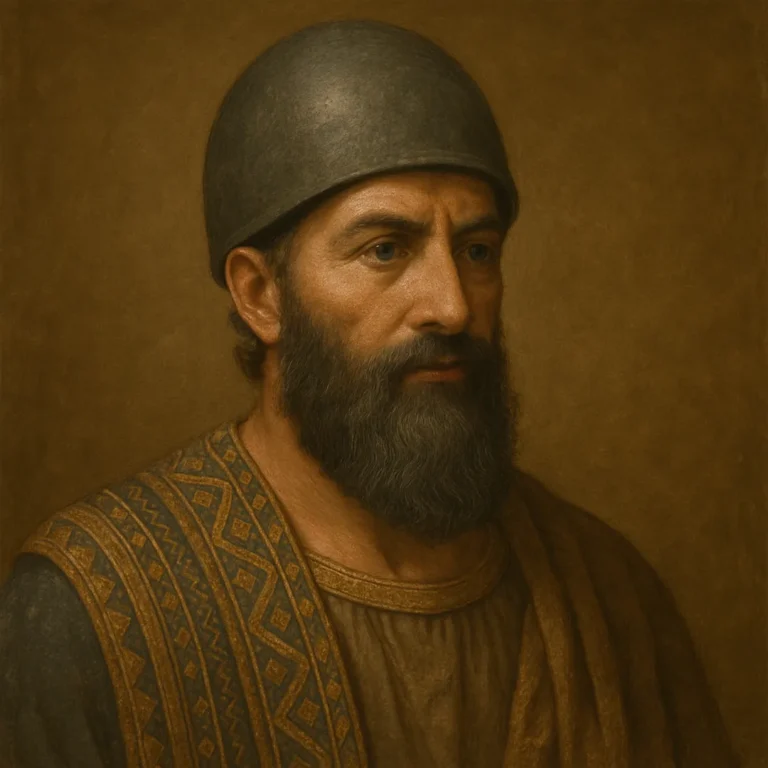- Hammurabi ruled Babylon from around 1792 to 1750 BCE. He was the sixth king of the First Babylonian Dynasty and transformed Babylon from a small city-state into a powerful empire.
- He is best known for the Code of Hammurabi, one of the oldest and most complete legal codes ever discovered.
- The Code of Hammurabi contained 282 laws, carved onto a large stone stele for all to see. The Code was inscribed on a large black diorite stele, which stands about 2.25 meters tall and was discovered in 1901 in Susa (modern-day Iran). The stele shows Hammurabi receiving the laws from Shamash, the Babylonian sun god.
- His famous principle of “an eye for an eye” aimed to create fairness but often favored the wealthy.
- Hammurabi’s code covered everything from trade and property rights to marriage, theft, and personal injury.
- He expanded his empire through strategic warfare and clever diplomacy, uniting much of Mesopotamia under his rule.
- The stele displaying Hammurabi’s laws was lost for centuries and was found in 1901 in modern-day Iran.
- He claimed that the god Marduk chose him to bring order and justice to his people.
- His laws introduced the concept of presumed innocence, a foundation of modern legal systems.
- Hammurabi’s empire stretched from the Persian Gulf to the Euphrates River valley.
- The Code of Hammurabi also set specific wages for workers, regulating the ancient economy.
- Many punishments in his code were harsh, reflecting the brutal realities of ancient life.
- His leadership focused on building canals, strengthening agriculture, and boosting trade networks.
- He was not just a lawgiver; Hammurabi was also a skilled military leader who fought rival kings.
- His influence lives on, as his legal concepts helped shape the development of future civilizations.


